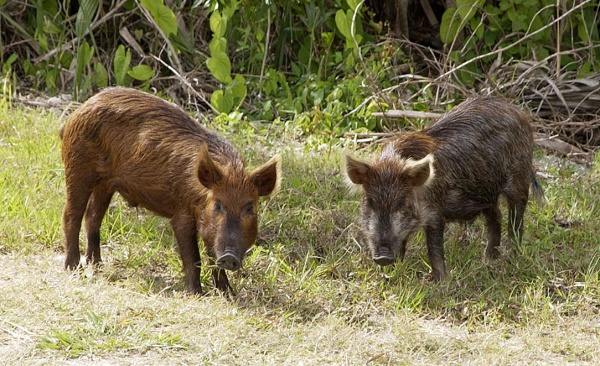Facts About Wild Boar, Pig, Hog
Feral pigs, also known as wild hogs or razorbacks, are pigs that live in the wild but are descended from domesticated swine that escaped captivity. These animals can be a hybrid mix of domestic pigs, wild boar, or crossbreeds, and are commonly referenced as "razorbacks" in the Americas and Australia. Zoologists differentiate between feral pigs and wild boar that have been introduced into non-native environments.
In the United Kingdom, wild boar populations can be found in locations such as the Forest of Dean in Gloucestershire. Although these animals can be farmed under stringent regulations, releasing them into the wild is illegal.
In the United States, feral pigs represent a significant problem, causing billions of dollars in property damage annually. They disrupt local ecosystems, damage agricultural lands, and are potential carriers of diseases that can affect both livestock and humans. The population of feral pigs in the U.S. has expanded rapidly, prompting various management strategies, including hunting and trapping, to control their numbers.
In South America, feral pigs originally from Uruguay have become invasive in Brazil, introducing similar ecological challenges. In Australia, feral pig populations originated after Captain James Cook introduced pigs to the continent in 1777. These animals now threaten native species and ecosystems.
Feral pigs can also pose a danger to humans, with documented cases in the U.S. of feral pigs attacking and killing people.
Globally, feral pigs present a complex issue. They impact ecosystems and agriculture and pose risks to human safety. Different regions have adopted various strategies to manage these populations, aiming to mitigate their destructive behaviors and protect biodiversity and public health.
